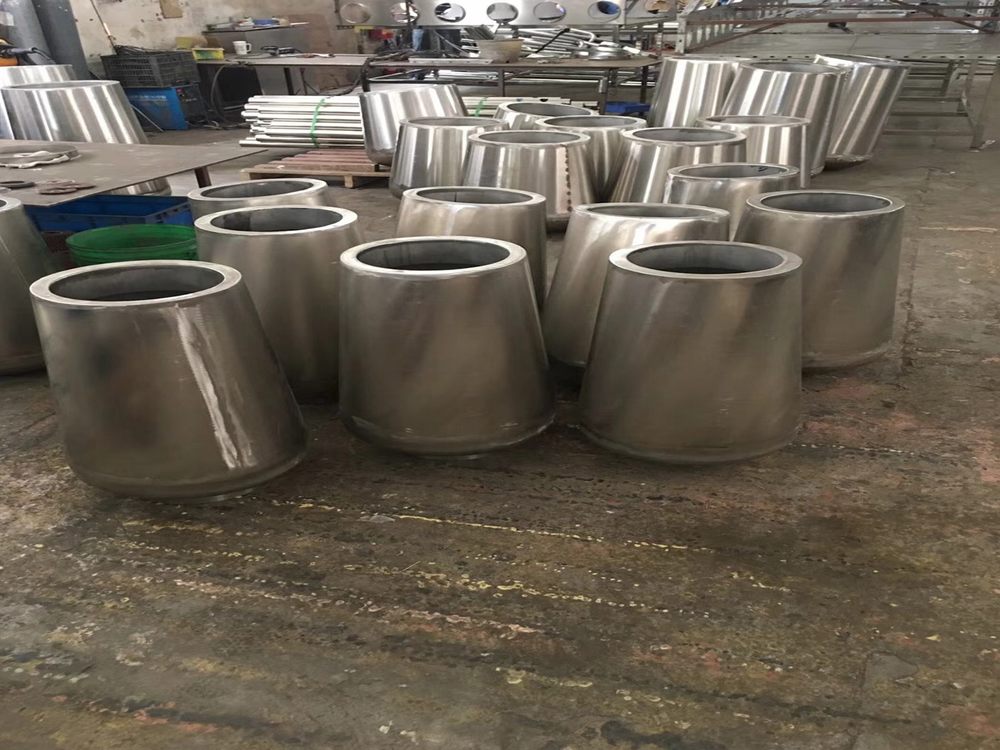
Porcelain sculptures, traditionally associated with delicate craftsmanship and static displays, have found groundbreaking applications in performance art, pushing the boundaries of materiality and audience engagement. One striking example is the use of fragile porcelain masks in live performances, where actors or dancers gradually crack or shatter them to symbolize emotional transformation or societal fragility. These ephemeral acts create a powerful visual metaphor, blending the permanence of ceramic art with the transient nature of performance.
Another innovative approach involves kinetic porcelain installations where performers interact with suspended ceramic elements, creating mesmerizing soundscapes as the pieces chime against each other. Artists like Ai Weiwei have famously incorporated porcelain in provocative performances, such as dropping and destroying historical vases to challenge cultural values. Contemporary performers also use porcelain body casts as restrictive costumes that break during movement, representing liberation from constraints.
Some avant-garde artists employ porcelain's reflective qualities in light-based performances, projecting dynamic images onto glazed surfaces to create ever-changing narratives. The material's association with domesticity has also been subverted in performances where everyday ceramic objects become instruments of protest or tools for reenacting historical events. These innovative applications demonstrate how porcelain's cultural weight and physical properties can be harnessed to create deeply resonant performance experiences that bridge visual art and theatrical expression.

